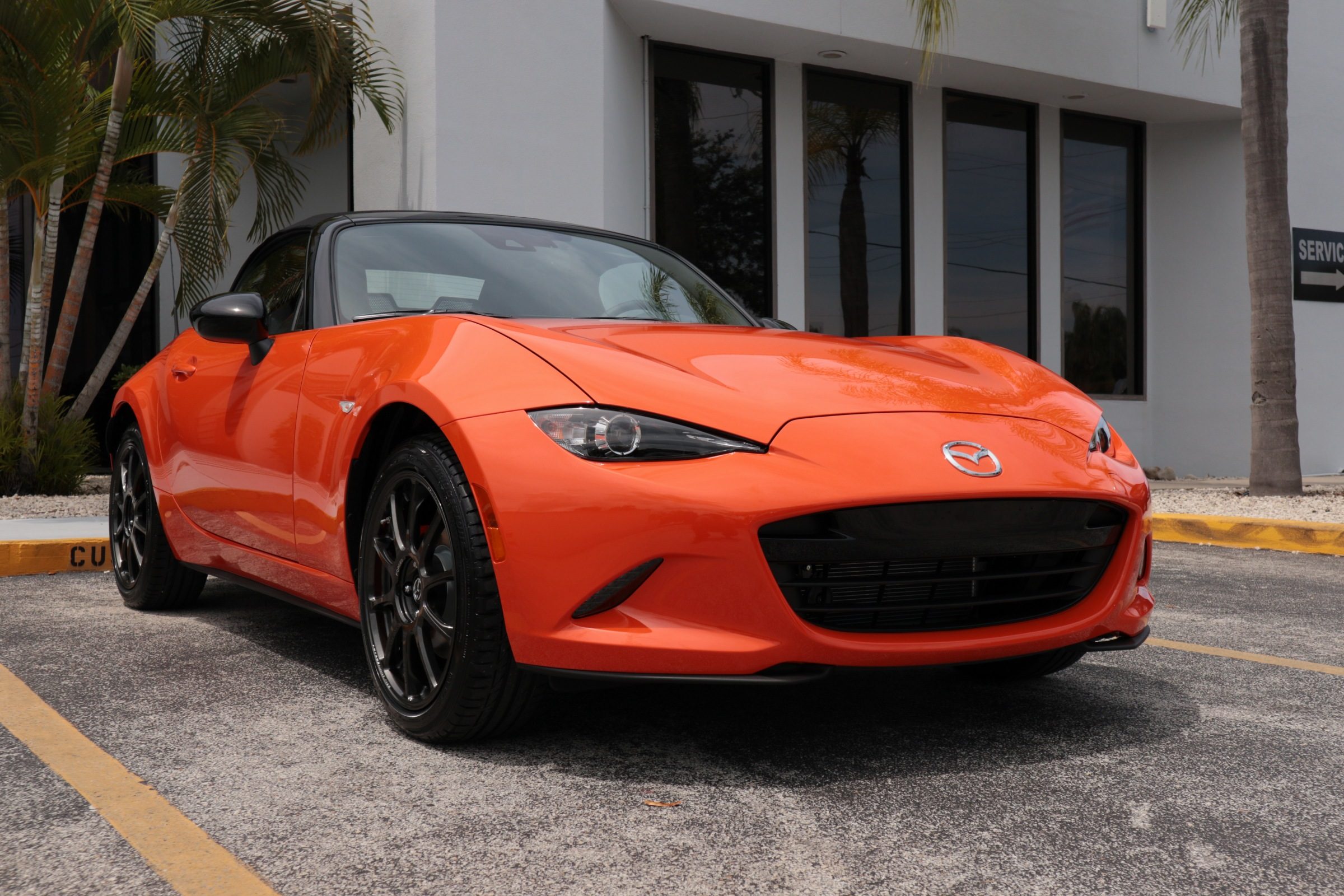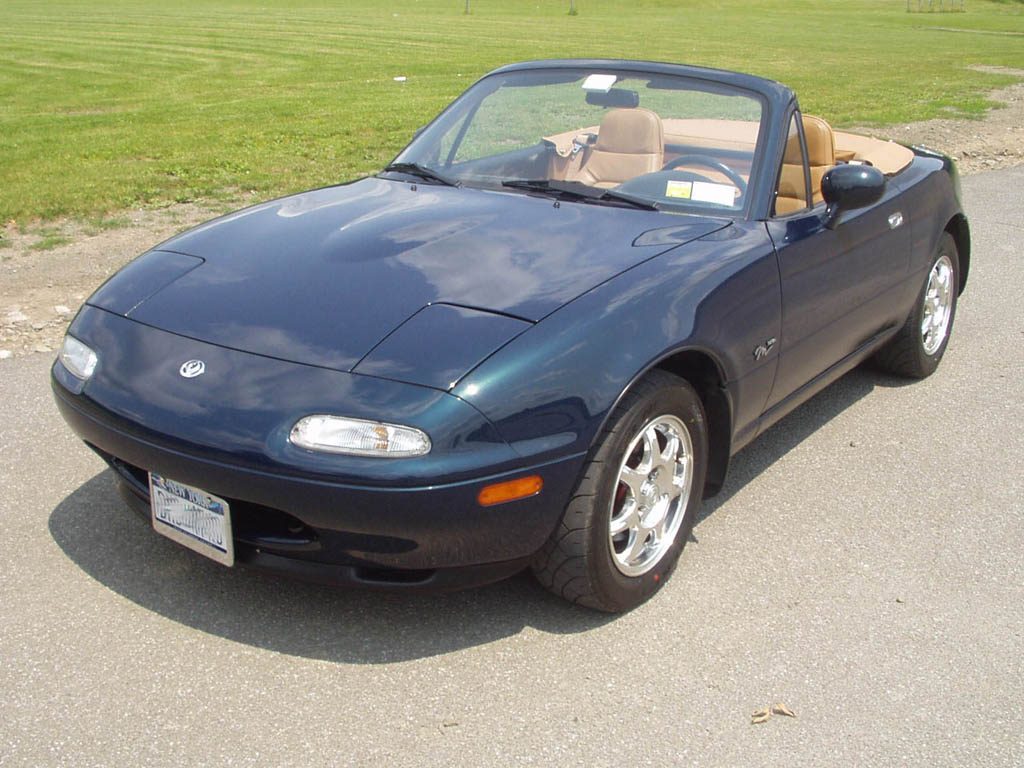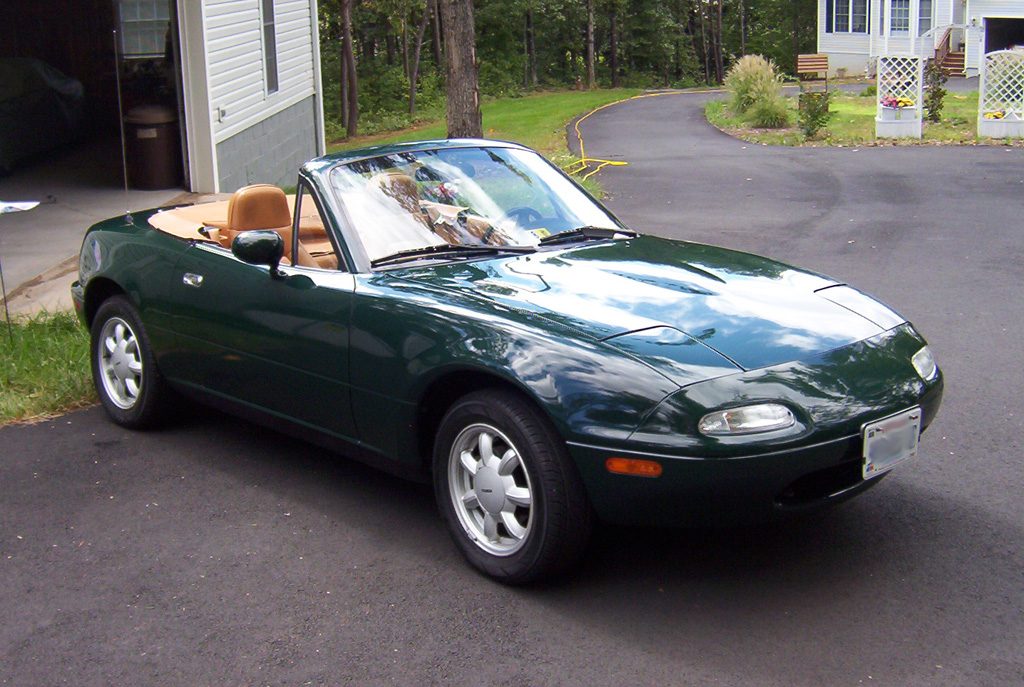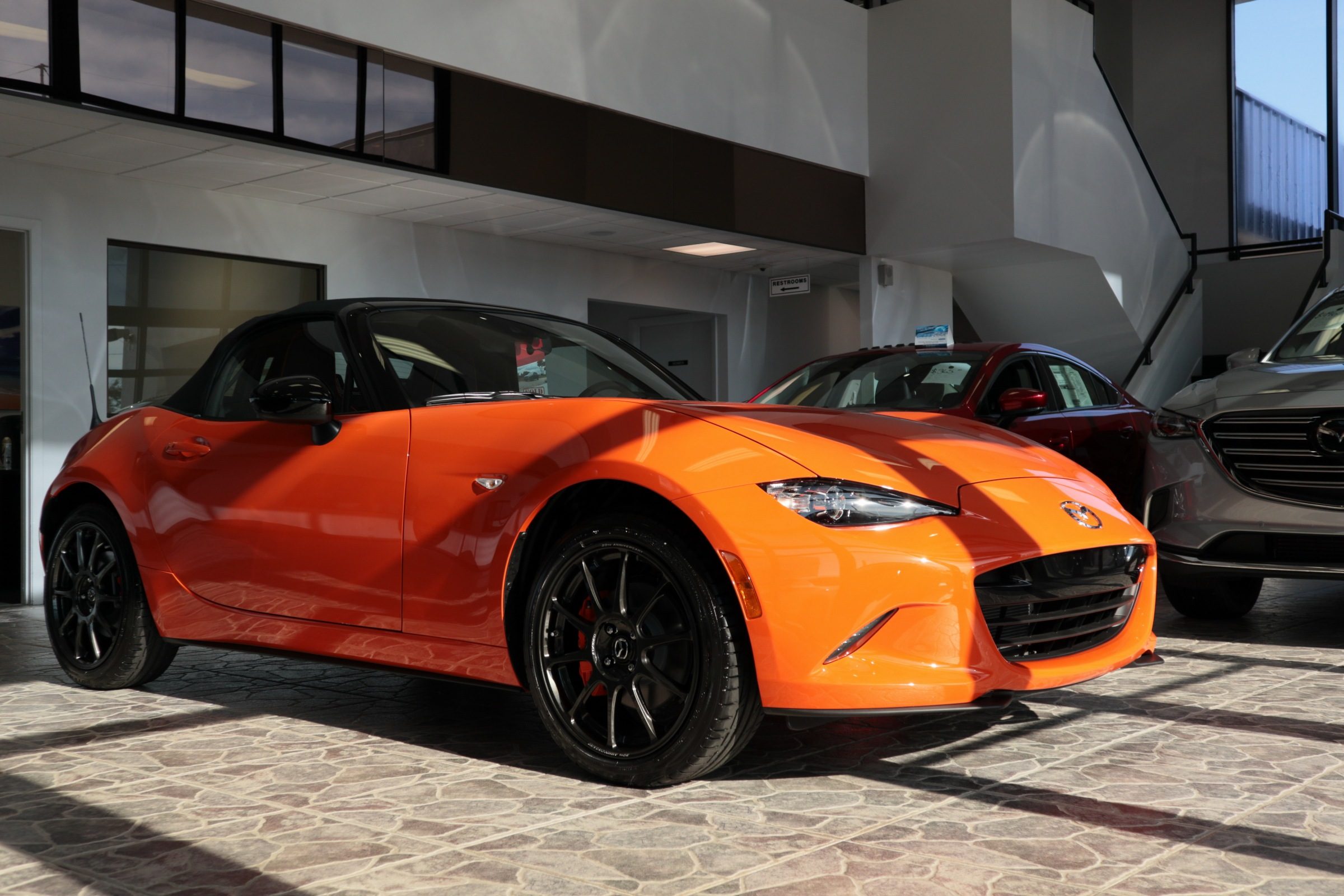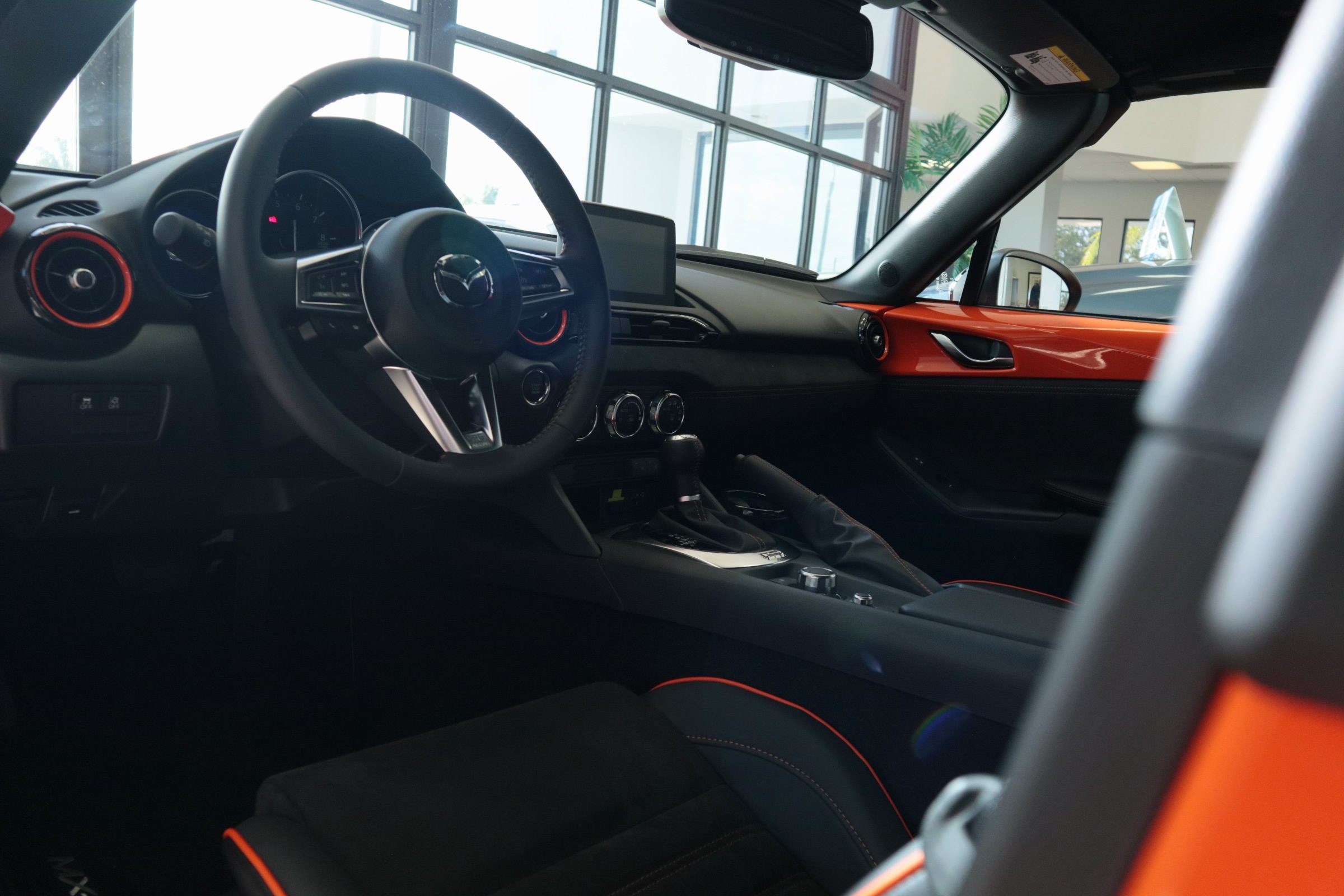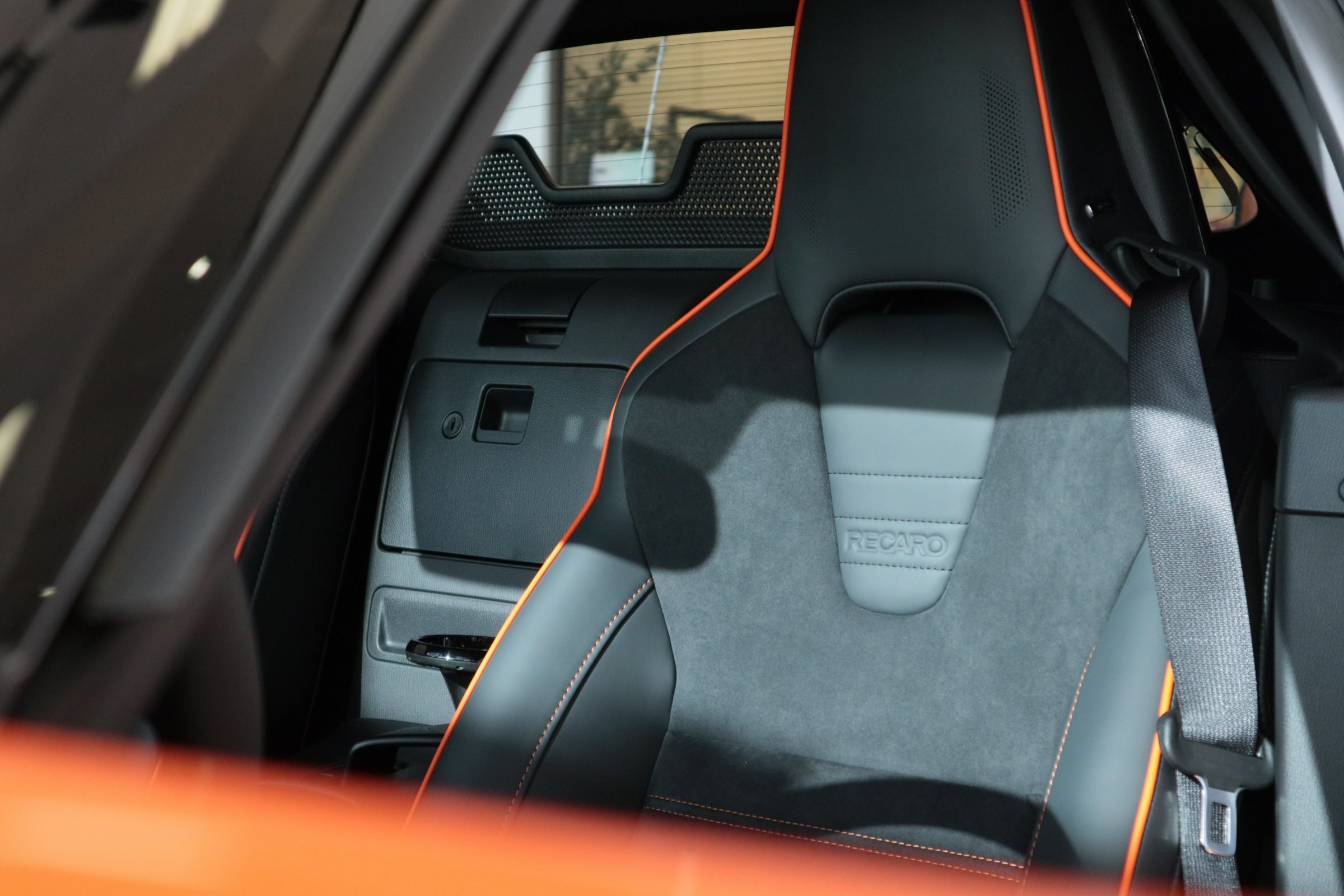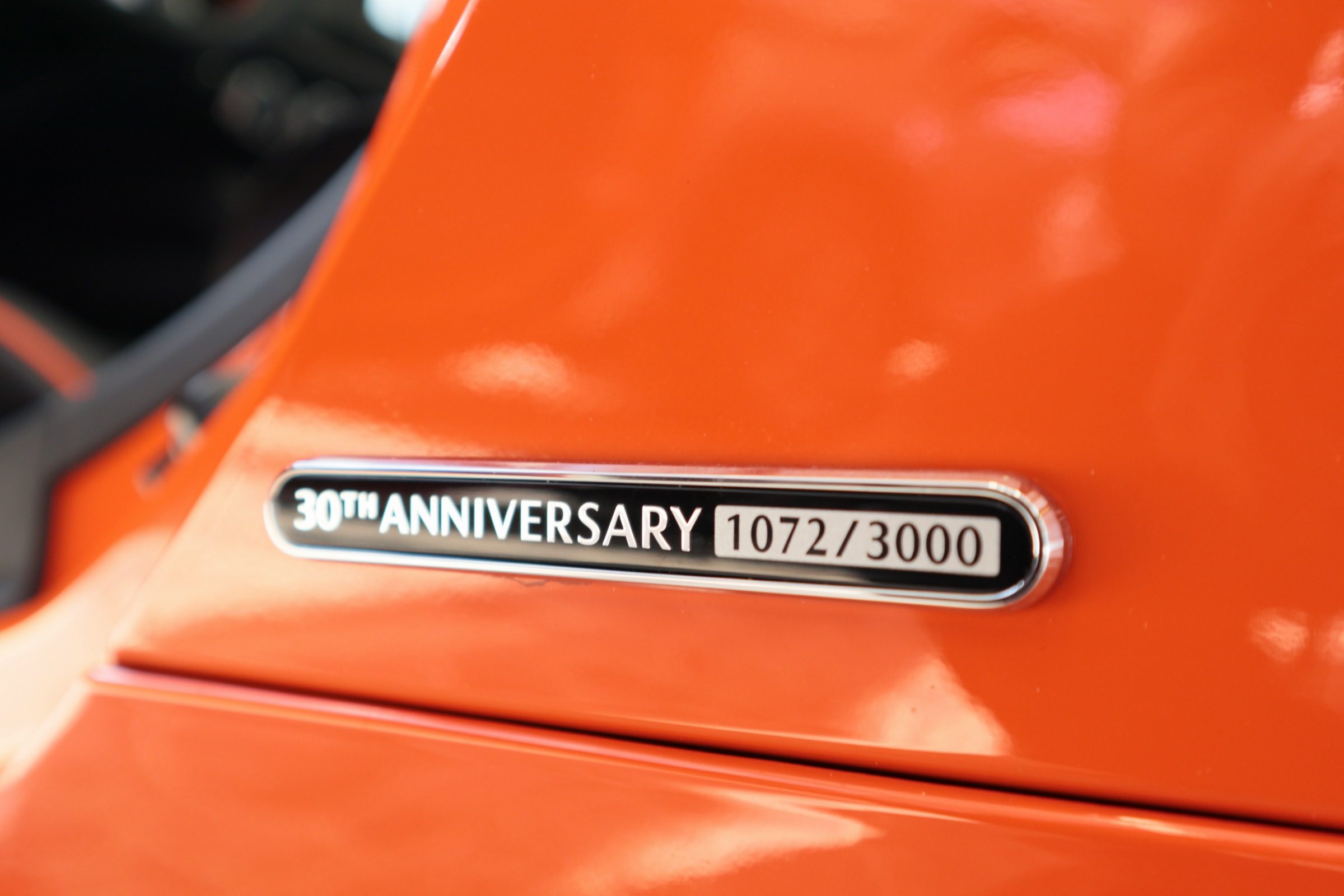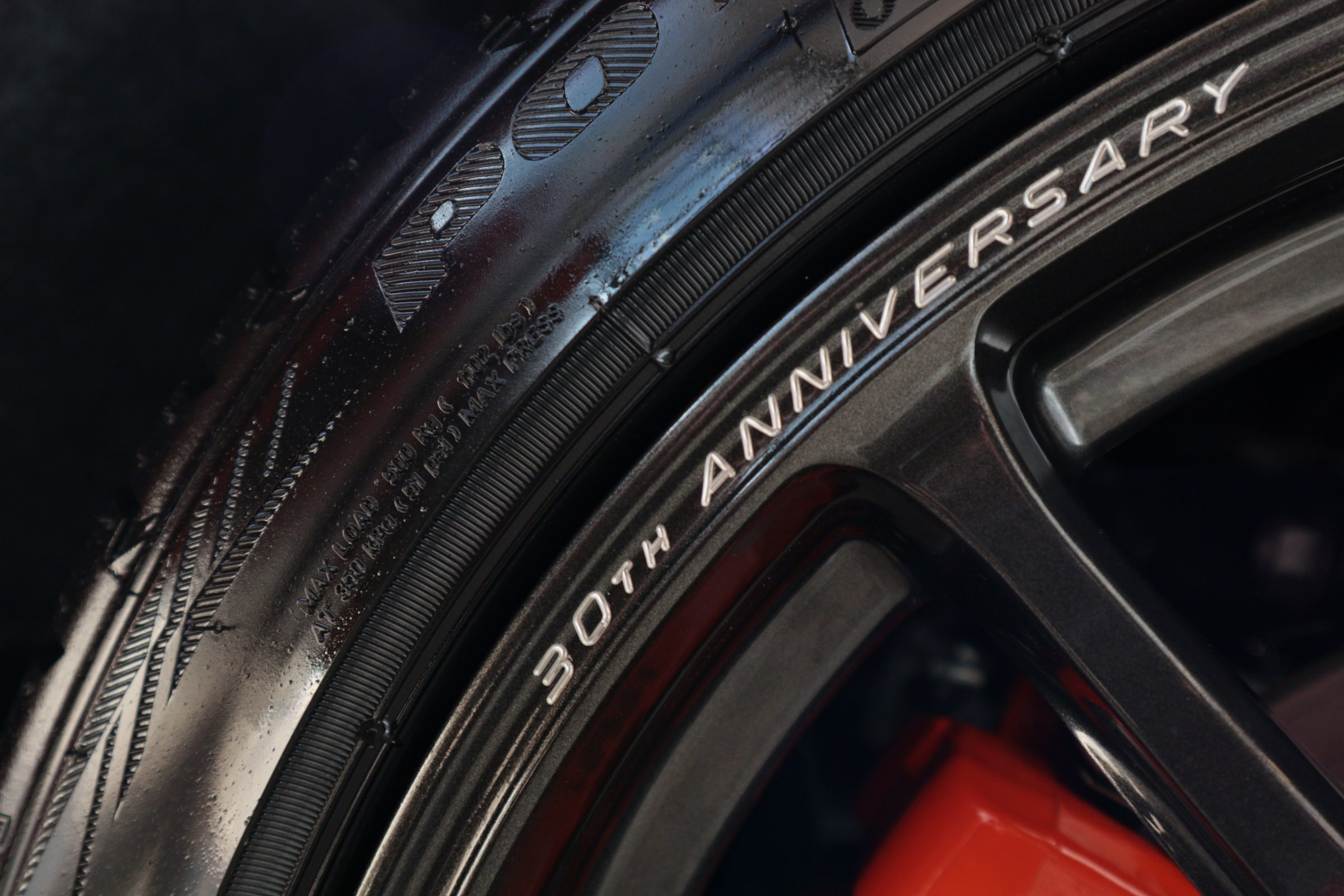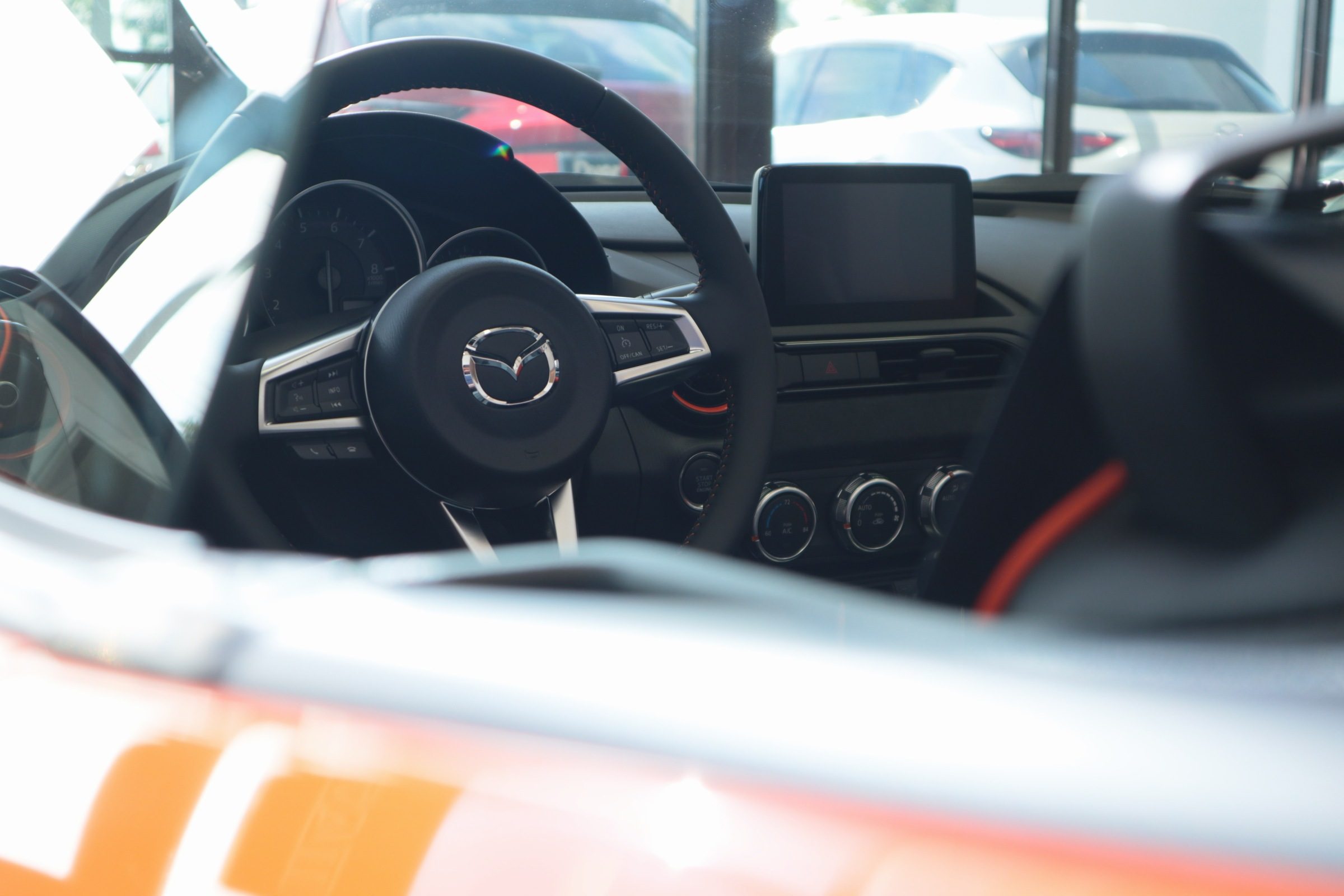- 27,264

- United Kingdom
That price difference is inaccurate, because in Japan the base soft-top is the 1.5 and the base RF is the 2.0 (and if it's anything like the UK market, there'll be an equipment difference between the basic versions of each too).They should have only made a few hundred for each market or even sell the body panels so you can do the conversion yourself. They paid to make the molds to stamp the body panels and the molds to make the rear quarter glass / rear widow , making the molds is not cheap so the more they made it would spread the cost of the molds out.
Half million yen is not alot its about USD$5k( converter rate from USD to yen in 2003 is about the same as today and with inflation it would be under USD$7K) the Roadster RF in Japan is ¥3.million and the Roadster is ¥2.54million, ¥.85 million difference which is more then the NB Roadster Coupe difference I don't see a hefty premium.
For a more accurate picture, the difference between a 2019 Miata Club and a 2019 Miata RF Club is $2155, or about a 7% difference. Not only is that monetarily less than the inflation-adjusted $7k you quote between the Roadsters (which aren't like-for-like anyway), but a significantly smaller relative price difference - the Roadster to Roadster Coupe difference was about 27%.
So my point still stands. The costs of producing a mold for a couple of hundred fairly simple steel pressings at a non-automated production level is going to be very different from mass-producing them on the same (or a different) line with the tens of thousands of other MX-5s. Economies of scale doesn't always work if unit costs are above a certain level (it's why Sergio Marchionne asked people to stop buying the Fiat 500e, because selling more was costing FCA disproportionately more).
Don't get me wrong, I'd have loved to see more of these things. But there's likely a very good reason Mazda didn't build more of them back then, and has never built any since. I strongly suspect it's the same reason that motivates companies like BMW and Lexus to build soft-top versions of their coupes i8 and LC, and why the Boxster outsells the Cayman: in much of the sports car segment, there's far greater demand for soft-tops than fixed-roof cars.



